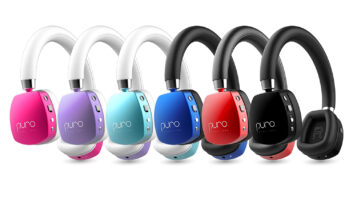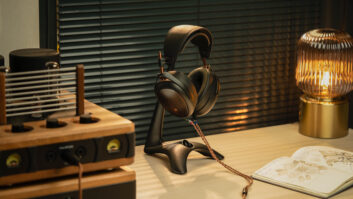
The perfect respiratory storm is coming, and your kids are going to be in the swollen, itchy eye of it. “We call the third week of September ‘Asthma Epidemic or Asthma Peak Week,’” says Michele Ann Cassalia, Director of Marketing of the Asthma & Allergy Friendly Certification Program at the Asthma and Allergy Foundation of America (AAFA).
Children are back to school in close quarters, and as the cold and flu season kicks off, they are exposed to a host of respiratory ailments. Individuals with asthma and allergies like reactions to ragweed experience a peak of this most common fall pollen allergy during the month of September. On top of that, mold counts escalate as leaves collect outside. “It is the perfect storm, and it results in the highest number of asthma-related ER visits the third week of the month,” says Cassalia. According to the Centers for Disease Control and Prevention (CDC), during 2013, children with asthma aged 5 to 17 years missed 13.8 million days of school per year (2.6 days per child).
Is the School Building Making Your Kids Sick?
It’s one thing for allergies or asthma to be brought on by outdoor triggers that pass with the season, but quite another for the school buildings to make children sick.
Based on data collected by the National Center for Education Statistics, in 2013, the average age of public school buildings in the United States was 44 years. “Not only do we have a very old infrastructure, but classrooms have also been vacant all summer, and there are mold and dust particles everywhere,” says Jenna Riemenschneider, Director of Advocacy and Special Projects at AAFA. Classroom renovations typically occur during the summer as well. Whether the building is old or new, they can still harbor molds. Building materials that produce gases also trigger allergy or asthma problems,” she adds.
In addition to mold, mildew, and dust mites, other factors such as poor integrated pest management, lack of HVAC maintenance, and busses idling outside impact the air quality in schools.
Comparative risk studies performed by the U.S. Environmental Protection Agency
(EPA) and its Science Advisory Board (SAB) have consistently ranked indoor air pollution among the top five environmental risks to public health.
EPA studies of human exposure to air pollutants indicate that indoor levels of pollutants maybe two to five times — and occasionally more than 100 times — higher than outdoor levels.
Good indoor air quality (IAQ) contributes to a favorable environment for students, better performance of teachers and staff, and an overall sense of comfort, health, and well-being.
The developing bodies of children are more susceptible to environmental exposures than those of adults. Children breathe more air, eat more food, and drink more liquid in proportion to their body weight than adults, making the good air quality in schools vital to their health.
Grass Roots Action
Can parents can be proactive about the IAQ at their children’s school? “Absolutely they can, I think awareness is step one,” says Riemenschneider. The EPA has several resources that parents can use, such as the Indoor Air Quality Tools for Schools Action Kit. “With this information in hand, parents and guardians can find out from their own child’s school what practices are used.”
Teachers can also be proactive by downloading and using the EPA’s “Teacher’s Classroom Checklist for Indoor Air Quality Tools for Schools.” This three-page list covers general classroom cleanliness to ventilation and ensuring proper storage of supplies. Armed with the checklist, teachers can work with the principal to help ensure good IAQ in their classrooms.
“At the end of the school year, parents always scramble to figure out, what to get a teacher,” says Cassalia. “Wouldn’t it be fantastic if the parents pulled together and bought the teacher a certified air purifier for the classroom?” Even better, consider gifting teachers air purifiers at the beginning of the school year.
“We want to keep people in school, but we don’t want the schools making them sick,” concludes Riemenschneider.
COMING UP: School Honor Roll
In September, the Asthma and Allergy Foundation of America (AAFA) will release its 2019 State Honor Roll of Asthma and Allergy Policies for Schools. “Some 23 core policy standards are related to medication and treatment awareness and school environment,” says Riemenschneider. “There are four specifically related to the school environment and indoor air quality. We look at each state’s policies to see if they meet these criteria.” The Sharp Simply Better Living blog in September will feature the findings of the report.













